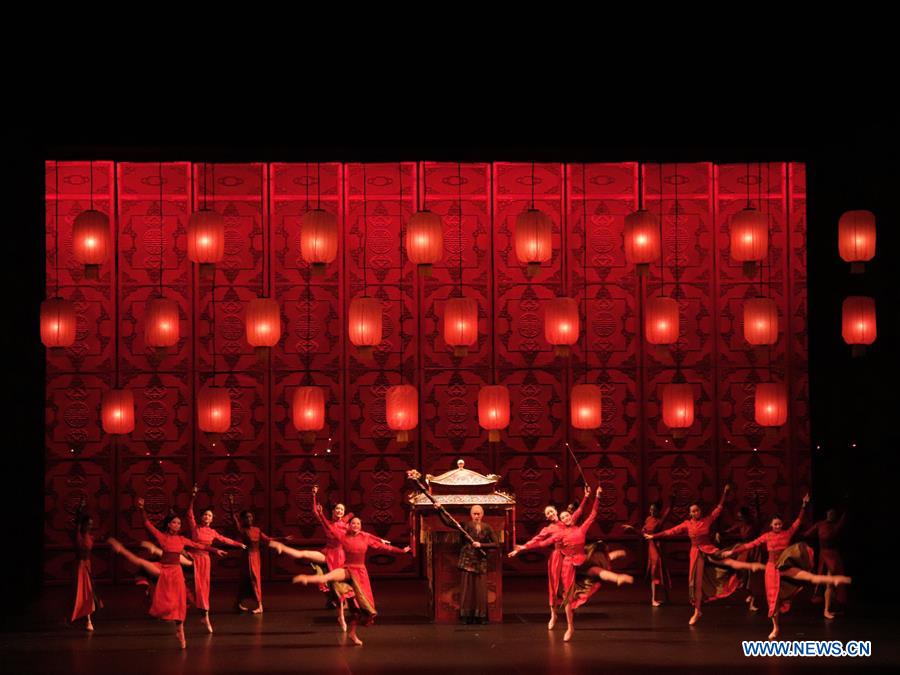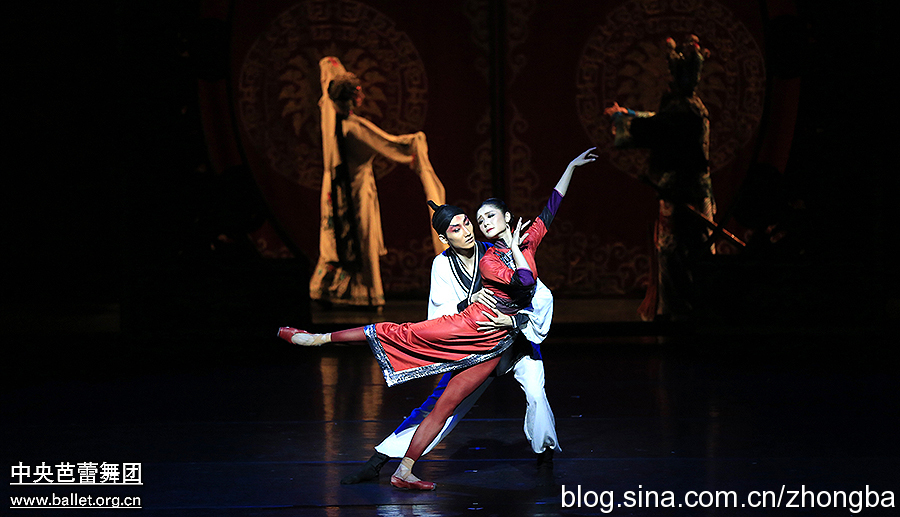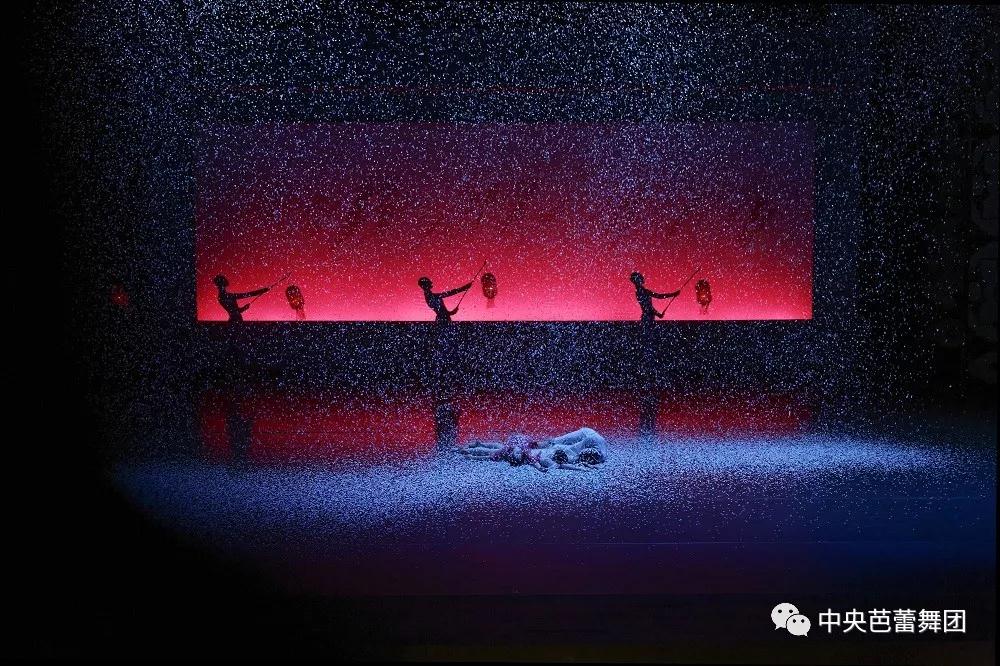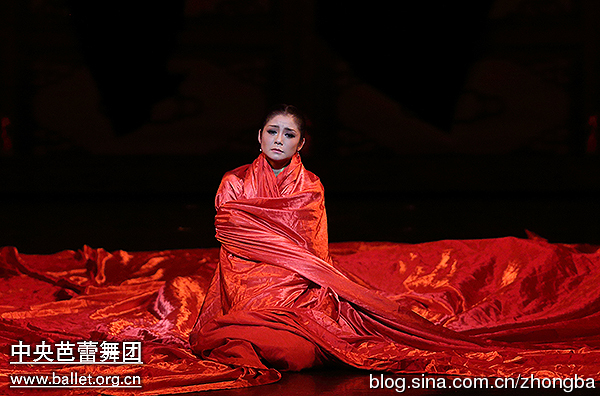Raise the Red Lantern

Raise the Red Lantern
大红灯笼高高挂
Ballet in three acts
World premiere in May 2001 at Tianqiao Theater, Beijing
By National Ballet of China (NBC)
Producer: Zhao Ruheng
Director, artistic director: Zhang Yimou
Libretto: Zhang Yimou
Choreography: Wang Xinpeng, Wang Yuanyuan
Music: Chen Qigang
Set design: Zeng Li
Lighting design: Zhang Yimou
Costume design: Jerome Kaplan
Assistant choreographers: Monica Fotescu-Uta, Fei Bo
Traditional Chinese opera music consultant: Wang Zhiming
Peking Opera consultants: Gao Mukun, Ma Shuai

The ballet is inspired by Chinese writer Su Tong's novel Wives and Concubines (1990) (Qiqie chengqun). In 1991 the novel was adapted into a film named Raise the Red Lantern directed by renowned Chinese director Zhang Yimou. The ballet discussed here is based on this Silver Lion Award winning film. It adopts the same title, and is also directed by Zhang.
The story is set in the 1920s in China, and it starts with a young lady being pushed into a bridal palanquin. She is to marry a rich middle-aged man, the owner of a formidable residence and husband of a wife and a concubine. Though she is still in love with a young actor from a Peking Opera troupe, she can do nothing to change the arrangement.
As the second concubine and newest member of the family, she finds it hard to gain the acceptance of her two predecessors. Dreading their husband's authority, they strive to be submissive towards him.
But, becoming tired of the idle life in her new home, the young concubine finds opportunities to meet her old lover. Their secret rendezvous is discovered by the jealous first concubine and she informs her husband, the master of the family. Breaking the so-called rules of the family, the star-crossed lovers are sentenced to death.

But then, after failing to win back the love of her husband, the first concubine mortally offends him by grabbing the lantern lighter and lighting the red lanterns. The lit lantern means favor from the husband and privilege in the family, yet no one except the male head of the household is entitled to touch the lantern lighter - the symbol of power and control. The husband is furious at her, and sentences her to death as well.

On the execution site, the three of them reconcile with each other.

The ballet is infused with iconic Chinese visual elements and intensified theatrical drama. It presents to the audience an old China folk scene: red lanterns, bridal palanquins, slim-cut qipao dresses decorated with "double-happiness" and "longevity" character motifs.
It is considered by dance critics as a break-through in the traditional choreography of ballet. The red lanterns that dominate the stage, the integration of Peking Opera, and the employment of expressive elements typical of motion pictures, all accentuate the richness of the performance.
At the end of act one, the young concubine is coerced by her husband to sleep with him. Lights on the stage are largely put out; only silhouettes of the two dancers can be seen cast on a paper screen. She pushes and shuns him, but her resistance is in vain. Her husband takes off his overcoat ferociously and throws himself on her. Ultimately, he has her, leaving her crawling out from beneath a symbolic huge silky red cloth, suggestive of bedding stained by her virgin blood.

The dance language is expanded for expressiveness. There is a scene - depicting people playing the traditional board game Mahjong -in which four dancers extend their arms on a square table, sweeping their hands as if shuffling the Mahjong tiles. They sometimes swirl around the table in measured steps or stop to hop on it, interacting in alternative pairs to show different internal monologues.
The music is played by traditional Chinese instruments, among which abacuses are employed to produce a rhythmic clicking sound, creating a tense atmosphere in which a perfect storm is threatening.


